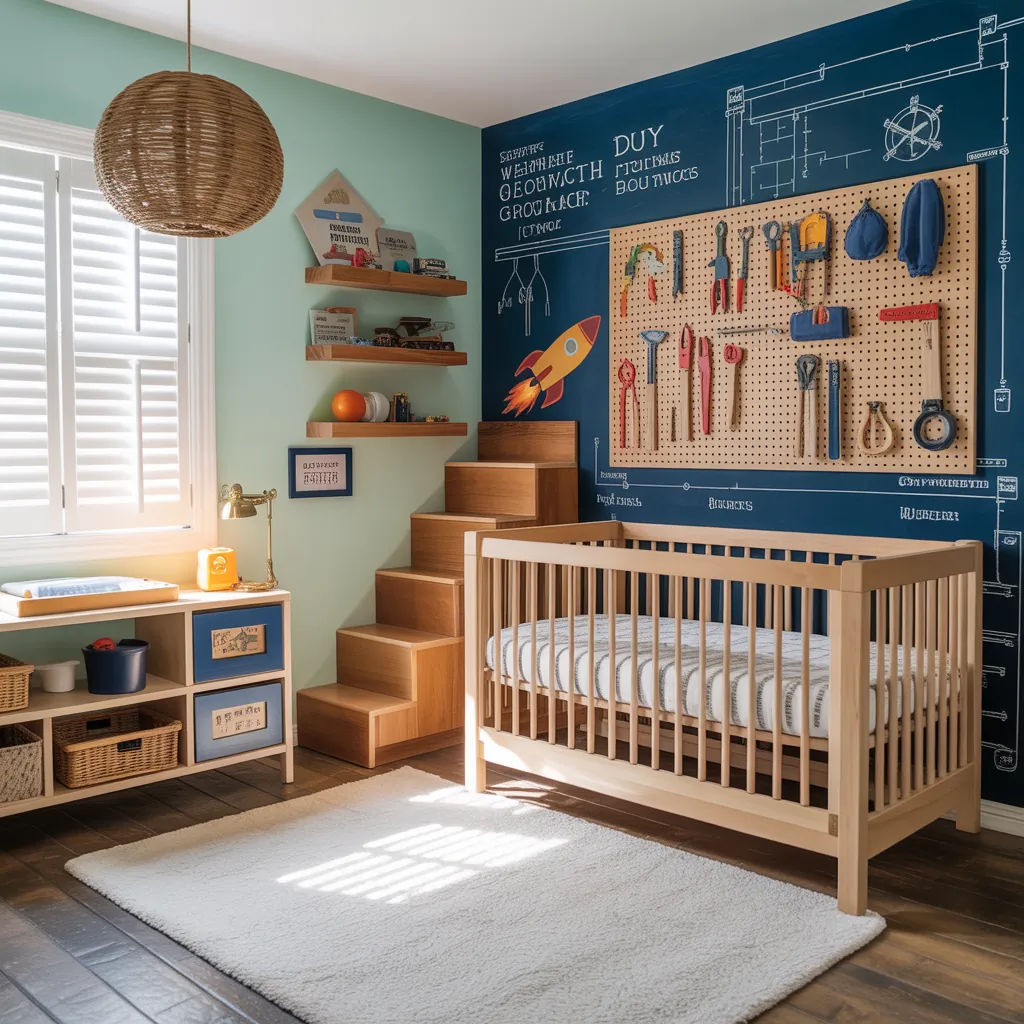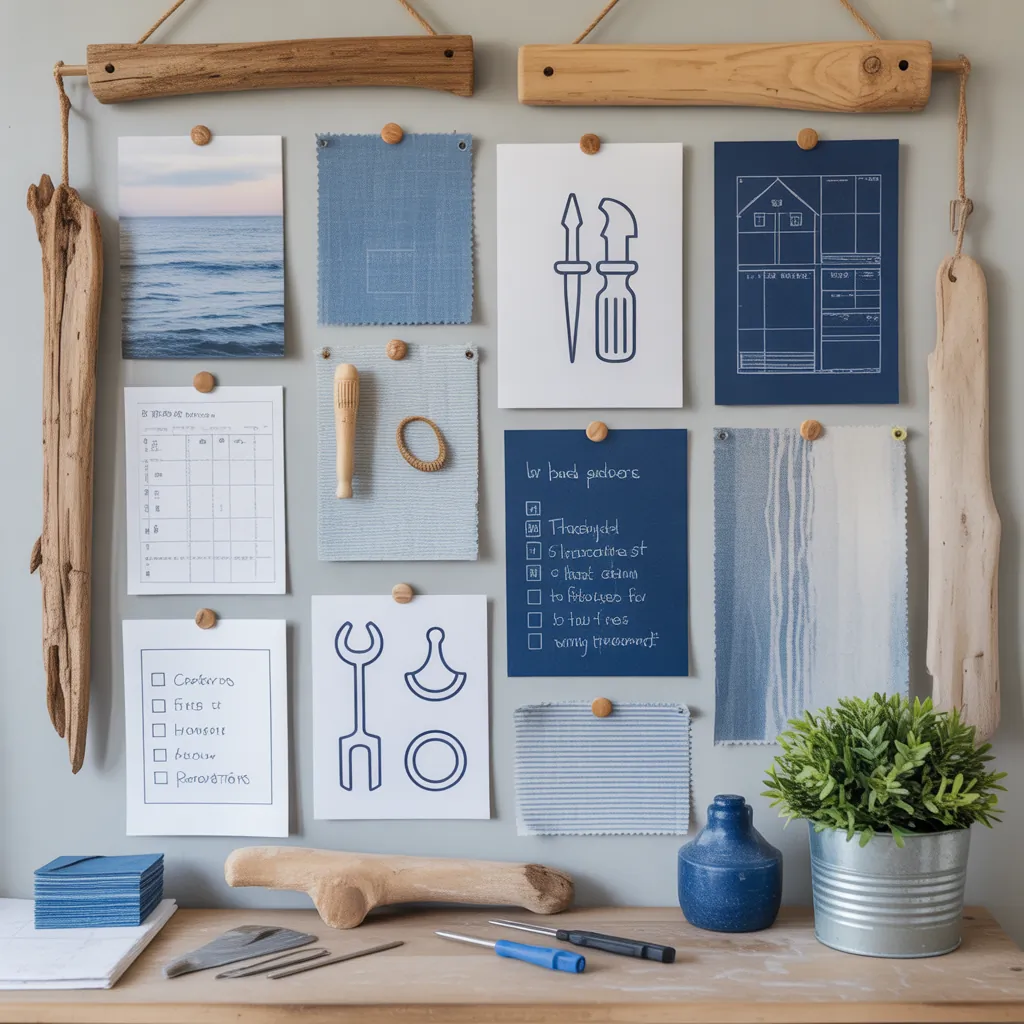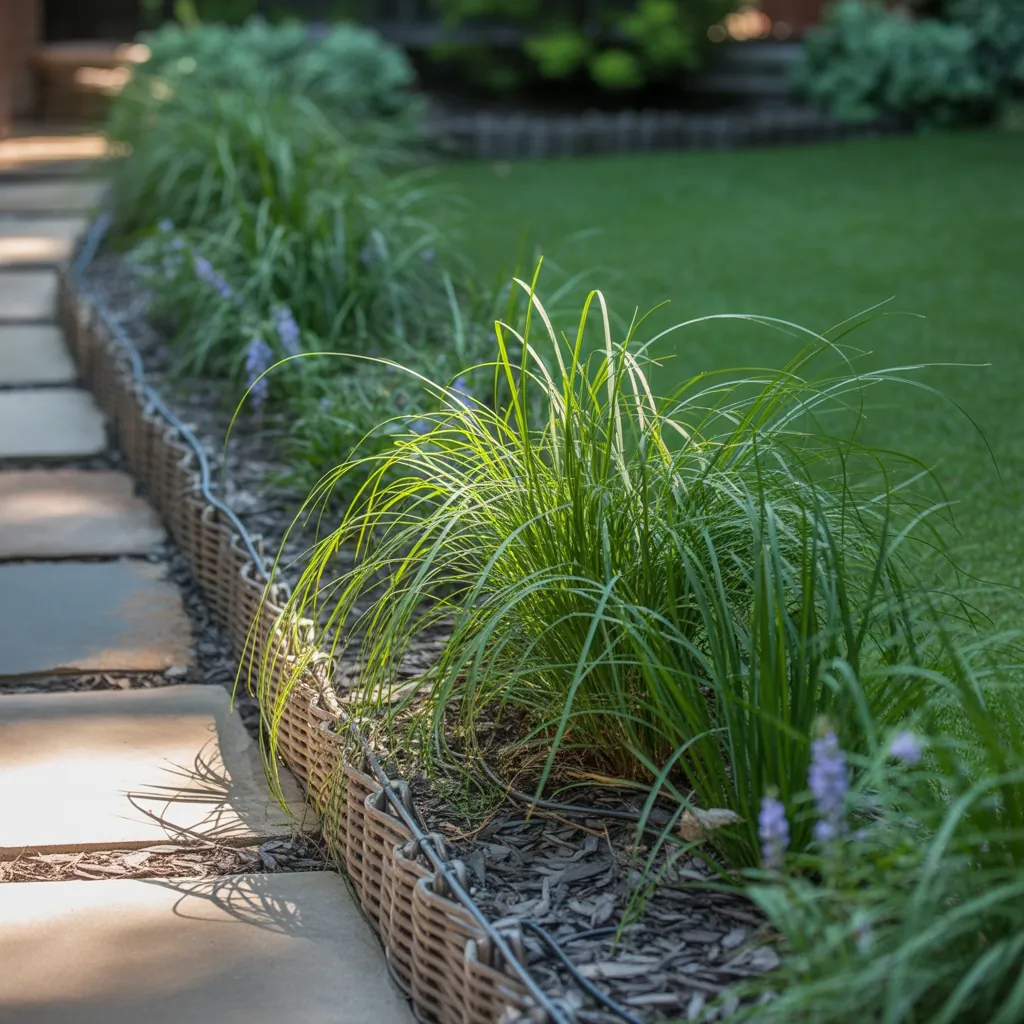Ever stood in a half-painted room with a crib assembled and realized the nursery you pictured doesn’t match the space you have? You’re not alone. Whether you’re juggling tight square footage, a tight budget, or a desire to DIY everything, transforming a blank room into a warm baby boy nursery can feel overwhelming — and exciting. This guide gives practical, hands-on ideas for boy nursery designs, DIY projects, and real-world tips so you can create a beautiful, safe room without stress.
Top ideas for boy nursery themes and color schemes
Choosing a theme or color palette sets the tone and makes design decisions easier. Try these popular concepts that adapt well to different budgets and sizes.
- Nautical nursery: Navy, white, and natural wood. Add anchor motifs, striped textiles, and rope accents for a classic coastal feel.
- Space and adventure: Deep blues, star decals, and a simple constellation mural. Great for bold accent walls or removable decals.
- Woodland and nature: Olive greens, warm browns, animal silhouettes, and textured rugs for a calming, organic vibe.
- Minimalist modern: Soft grays, muted blues, geometric patterns, and clean-lined furniture for a gender-neutral look with a masculine edge.
- Vintage cars and planes: Muted reds, creams, and retro posters for a playful, nostalgic room.
How to pick the right palette
For a small nursery, use a light neutral for three walls and a richer accent color on one wall. For a cozy feel, use warm tones and natural textures. Consider long-tail searches like “budget-friendly baby boy nursery color ideas” when shopping for paint and textiles — many resources tailor to economical options.
DIY nursery decor projects: step-by-step improvement ideas
DIY touches make a room feel personal and save money. Here are step-by-step tutorials for projects that are beginner-friendly.
Accent wall: Painted stripes or simple mural
- Measure and tape: Use painter’s tape to mark stripes or a geometric stencil. Decide whether you want vertical or horizontal stripes (vertical can make ceilings feel taller).
- Prime and paint: Apply a low-VOC primer, then two coats of your chosen paint. Use a small brush for edges and a roller for broad areas.
- Finish details: Remove tape carefully, touch up edges, and seal with a water-based clear coat if you want extra durability.
Floating shelves and toy storage
- Plan layout: Mark studs and decide shelf height to keep small hands from grabbing fragile items.
- Cut or buy shelves: Pre-cut floating shelves reduce complexity. Choose unfinished wood to stain or paint to match the scheme.
- Install brackets and anchor: Secure brackets into studs; use wall anchors if studs aren’t available. Add non-slip pads beneath shelf decor.
Furniture choices and space-saving hacks
Small rooms require multi-functional solutions. Think beyond a traditional set.
- Convertible furniture: A crib that becomes a toddler bed extends value.
- Changing station alternatives: Use a dresser topped with a changing pad to double as storage.
- Vertical storage: Use wall pockets, pegboards, and tall bookcases to keep floors clear.
- Under-crib storage: Low-profile bins for off-season clothes and extra blankets.
For more hands-on inspirations and project plans, check out our DIY projects and home design ideas pages.
Budget-friendly decorating and repurposing tips
Creating a polished look without overspending is easy with a few clever swaps.
- Repurpose old furniture: Sand and repaint a hand-me-down dresser for a custom changing station.
- Use removable decals: These give a professionally designed look without the permanence or cost of wallpaper.
- Layer textiles: Thrift or discount stores often have great blankets and lampshades that only need a quick clean or new shade.
- Shop modular: Buy one standout piece (like a patterned rug) and match colors to affordable basics.
Safety, materials, and practical considerations
Your design should prioritize safety and easy maintenance. Follow these must-dos:
- Use low- or zero-VOC paints and finishes to reduce fumes.
- Keep the crib at least 2–3 feet from windows, blind cords, heaters, and heavy draperies.
- Anchor dressers, bookshelves, and wall units to studs to prevent tipping.
- Choose washable fabrics and machine-friendly rugs for frequent cleaning.
Tip: Always follow current crib-safety guidelines, and avoid soft bedding or loose pillows in the crib for infants.
Small nursery ideas for boys: layout examples
Here are three functional layouts based on room shape:
- Tiny square room: Crib against the longest wall, dresser/changing station opposite, floating shelves above the crib for display.
- Narrow room: Place crib along the long wall and use vertical storage at the foot of the crib to avoid cluttering walkways.
- Room with alcove: Use the alcove as a cozy nursing nook with a glider and floor lamp; keep sleeping area separate for clear zones.
Frequently Asked Questions
What are some affordable baby boy nursery decor ideas?
Focus on one investment piece (rug or crib) and DIY the rest: paint an accent wall, add inexpensive decals, repurpose furniture, and sew simple curtains or crib skirts from affordable fabric.
How can I make a small boy nursery feel larger?
Use light, cohesive colors, vertical storage, and a large mirror to reflect light. Keep clutter to a minimum and use multifunctional furniture to reduce the number of items in the room.
Are there eco-friendly options for nursery paints and finishes?
Yes — choose low- or zero-VOC paints labeled for indoor air quality. Look for GREENGUARD-certified materials, water-based stains, and natural fiber textiles like organic cotton or bamboo blends.
Conclusion: Start building your favorite ideas for boy nursery today
Designing a nursery is part creativity, part logistics — but it can also be a joyful DIY project. Use theme-driven ideas, simple step-by-step DIY plans, and safety-first choices to build a room that’s beautiful and practical. Whether you’re painting an accent wall, repurposing a dresser, or installing floating shelves, small upgrades can make a big impact. Ready to get started? Gather your tools, sketch a layout, and try one easy weekend project to begin. For more inspiration, visit our pages on DIY projects and kitchen upgrades to keep improving your whole home.
Want weekly DIY tips and step-by-step guides for nursery and home projects? Sign up for our newsletter or leave a comment with your room dimensions and style — we’ll suggest personalized ideas you can try this weekend.



